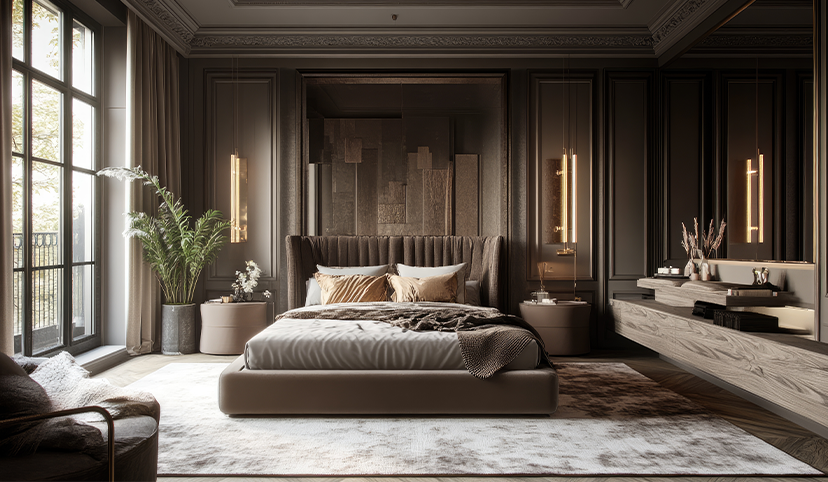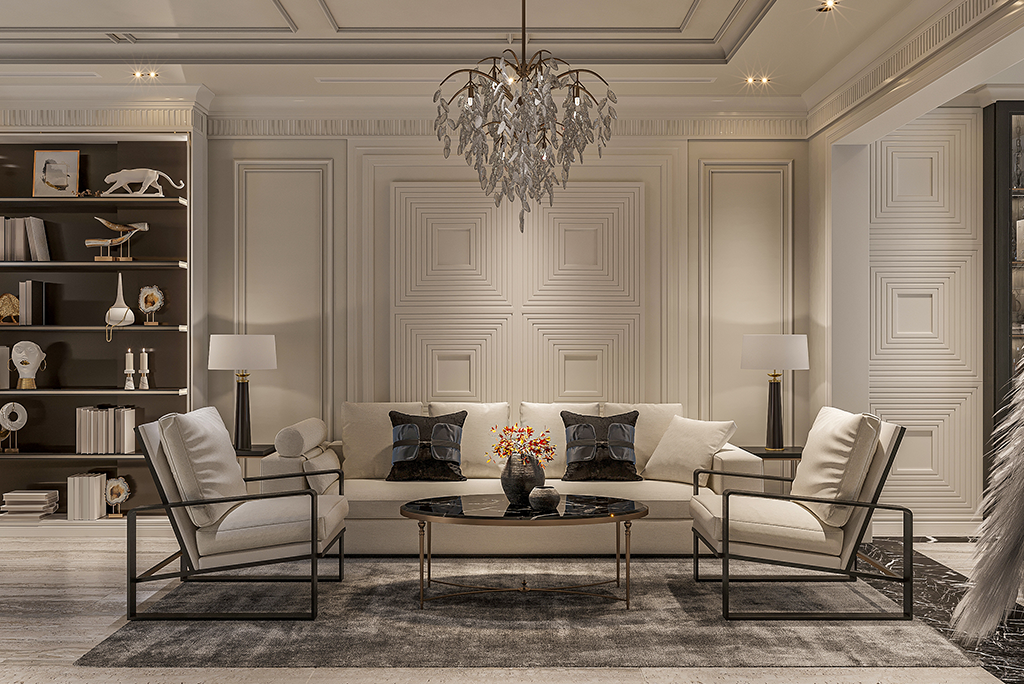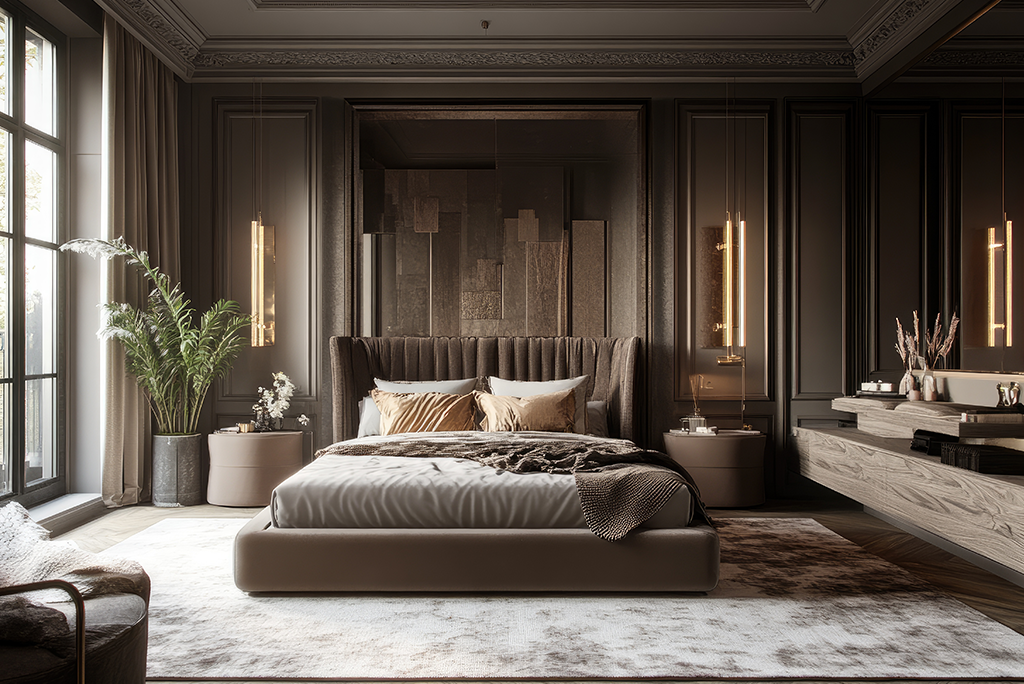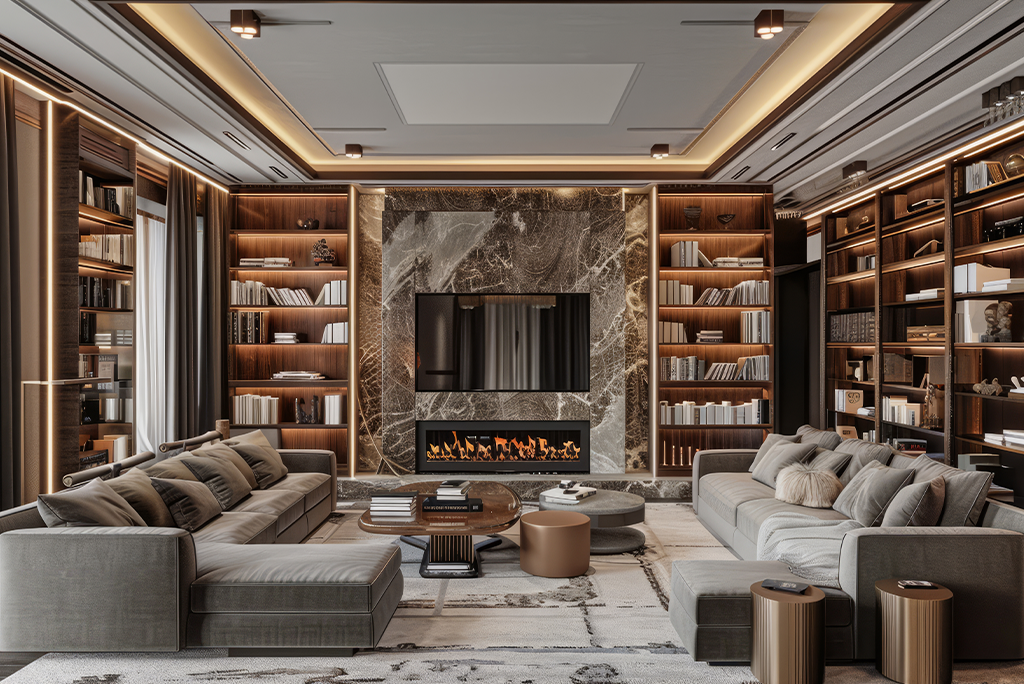The art of creating exceptional interiors lies in the masterful ability to harmonize seemingly opposing design philosophies, where traditional elegance meets contemporary innovation in perfectly balanced compositions. In today’s luxury residences, the most sophisticated approach to high-end spaces involves thoughtfully blending classic architectural elements with modern sensibilities, creating environments that honor heritage while embracing the clean lines and functional beauty of contemporary design. This delicate balance requires an understanding of proportion, materials, and craftsmanship that transcends trends, resulting in spaces that feel both timelessly elegant and refreshingly current, where each element contributes to a cohesive narrative that speaks to refined taste and enduring style.
The beauty of contrast: Why modern and classic elements complement each other
The juxtaposition of traditional elegance with contemporary minimalism creates visual depth and intellectual interest that neither approach achieves alone, transforming interiors into dynamic compositions where each element enhances the other’s inherent beauty. Classical architectural details such as coffered ceilings, ornate moldings, and marble columns gain renewed relevance when paired with sleek furniture silhouettes and uncluttered surfaces, while modern pieces appear more striking against richly detailed traditional backdrops. This thoughtful contrast extends beyond visual appeal to encompass tactile experiences, where the smooth coolness of contemporary glass and metal surfaces plays against the warm textures of aged wood, hand-woven textiles, and carved stone, creating environments that engage multiple senses and reward closer inspection with layers of carefully orchestrated detail.
Selecting the right balance: Proportion and cohesion in design
Achieving seamless integration between modern and classic elements requires meticulous attention to proportion and spatial relationships, where symmetry and thoughtful layering ensure that contrasting styles feel intentional rather than accidental. The key lies in establishing a dominant aesthetic framework, whether classical or contemporary, then introducing complementary elements that enhance rather than compete with the primary design language. Antique statement pieces such as Georgian side tables or Louis XVI bergères find perfect harmony alongside sleek contemporary sofas when united by consistent color palettes, similar scales, and shared material connections, while modern art installations gain gravitas when displayed against traditional paneled walls or within classical architectural niches that provide appropriate context and visual weight.
Materials and finishes: Where heritage meets innovation
The most successful modern-classic interiors rely on timeless materials like Carrara marble, rich walnut, and patinated bronze that serve as natural bridges between historical and contemporary design sensibilities, their inherent beauty transcending stylistic boundaries to create cohesive environments. These enduring materials gain fresh relevance through contemporary fabrication techniques that enhance their natural characteristics. Book-matched marble slabs create dramatic feature walls, while precision-cut wood veneers achieve impossibly smooth surfaces that honor traditional craftsmanship through modern methods. The integration of cutting-edge technology with heritage materials, such as LED lighting systems concealed within traditional crown moldings or smart home controls embedded in handcrafted millwork, demonstrates how innovation can enhance rather than diminish classical elegance, creating spaces that serve contemporary lifestyles while maintaining timeless appeal.
Achieving timeless sophistication: Design principles for harmony
The ultimate expression of modern-classic design lies in personalization that reflects individual taste while adhering to proven principles of proportion, balance, and material integrity that ensure lasting appeal beyond temporary trends. Lighting plays a crucial role in unifying disparate elements, where contemporary fixtures can highlight classical architectural features while traditional chandeliers gain contemporary relevance through modern installation techniques and energy-efficient technologies. The careful curation of art, accessories, and bespoke details creates the final layer of sophistication, where contemporary sculptures complement antique furnishings, modern photography enhances traditional settings, and custom millwork bridges stylistic gaps to create seamless transitions between different design vocabularies, resulting in spaces that feel both collected over time and carefully orchestrated for maximum impact.
The art of blending modern and classic elements in high-end spaces continues to evolve as designers discover new ways to honor tradition while embracing innovation, creating environments that achieve the rare distinction of feeling both thoroughly contemporary and timelessly sophisticated. Looking to achieve the perfect balance between modern and classic in your home? Discover our bespoke interior design solutions for timeless sophistication.








